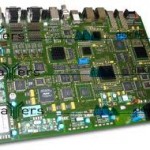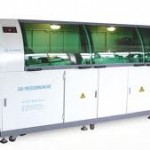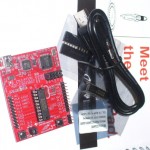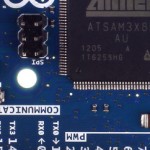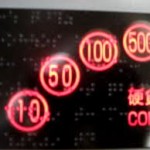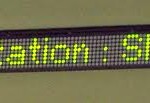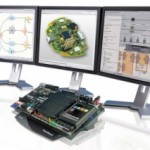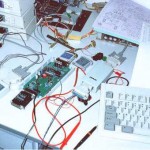People and organisations have backgrounds in many fields, and being an expert in one of those will likely generate the seed of an idea – which can be developed into what may be a commercially-successful product. However being an expert in one particular field does not make them the master of all.
This is very true when the decision to develop a product is made. With the advent of crowdfunding, accessible design tools, one-off machine shops and laser-cutting houses, inexpensive PCB production and the wealth of “experience” published on the Internet – almost anyone can be easily convinced that they too can bring an idea from concept to delivered product.
However this form of readily-accessible tools and knowledge doesn’t immediately allow an individual or organisation become competent overnight, just like reading a book on eye surgery doesn’t turn you into an optometrist. Thus when considering turning your ideas into a product – are you equipped for the challenges of product development?
Let’s examine the major stages of the design process and consider just a few points with regards to what is necessary.
Conceptual Development
This involves many tasks including product and market research, developing final product specifications, prototype creation and more. If designing your first product, do you have the discipline to finalise the specifications and avoid feature creep? Is your design cost-effective? Without a wide knowledge of parts and suppliers you could miss out on finding a single component or module that could replace a whole sub-section of your design.
The Design Process
This involves multiple iterations of your product, both hardware (and software if it uses embedded technology). This could involve large initial capital outlay to bring in the required development tools for hardware and software, test equipment and more. Choosing the appropriate tools alone can be a nightmare, and leave you at the mercy of vendors or fast-talking sales people. Finally the time required to design, test, incorporate feedback and redesign can be more than you expect, as each iteration is a learning process in itself. The more time you spend, the more time you’re giving your competition to succeed.
Testing, Verification and Certification
Your new product must meet a variety of compliance standards for mains power use, RF emissions, accuracy, perhaps environmental factors such as withstanding levels of vibration and temperatures, and more. This will require incredibly specialised testing equipment and the services of an external laboratory. Furthermore you may need multiple examples of the product at this stage for external user testing and feedback, again requiring short-run manufacturing expertise that doesn’t stretch the budget.
Pre-production Manufacture
If you’re working on your first product, this stage will seem like a complete nightmare. After finding a manufacturer you can trust, and setting up your component supply chain, developing tooling and test jigs for the assembly line (with most of this likely to be in the Far East) you may be running out of time, budget or nerves as you deal with suppliers, manufacturers and designers in more than one language and time-zone.
Manufacturing
Although an extreme amount of work and effort brings your organisation to this stage – manufacturing is not a hands-free effort. It requires quality control, supply-chain and product delivery management; and after some product examples have been released the opportunity to make small changes to the product based on customer feedback. This may require revisiting the previous stage of the design process and the efforts within. For higher-volume production you may need to keep staff on-site with the contracted factory to oversee manufacturing and ensure the design has not been altered to find relevant cost-savings for the manufacturer that could affect the outcome of your design.
Ongoing Support
After experiencing the processes to this point, you’ve reached a somewhat simpler part of your product’s development cycle. By now you’re an expert in your product, how it works, operates and can be used to it’s maximum. However you can’t rest on your laurels, as constant customer feedback and market forces will require you to update the product when necessary.
So why do all that yourself? You could invest in the physical and human resources required to bring your first idea to life – at a great initial expense, and hope for the best. Or you could instead take your design to a team of experts in the product design and manufacturing business – who can understand your product idea and turn it into a finished product on time and on budget.
Here at the LX Group we can take your design ideas and produce the required customised solution for your team, or even follow through to final completion, including documentation, standards compliance and revisions.
To move forward with your design requirements on time and on budget, simply contact us for a confidential discussion about your ideas and how we can help bring them to life – click here to contact us, or telephone 1800 810 124.
LX is an award-winning electronics design company based in Sydney, Australia. LX services include full turnkey design, electronics, hardware, software and firmware design. LX specialises in embedded systems and wireless technologies design. https://lx-group.com.au
Published by LX Pty Ltd for itself and the LX Group of companies, including LX Design House, LX Solutions and LX Consulting, LX Innovations.

